Home>diy>Building & Construction>What Is Putty In Construction
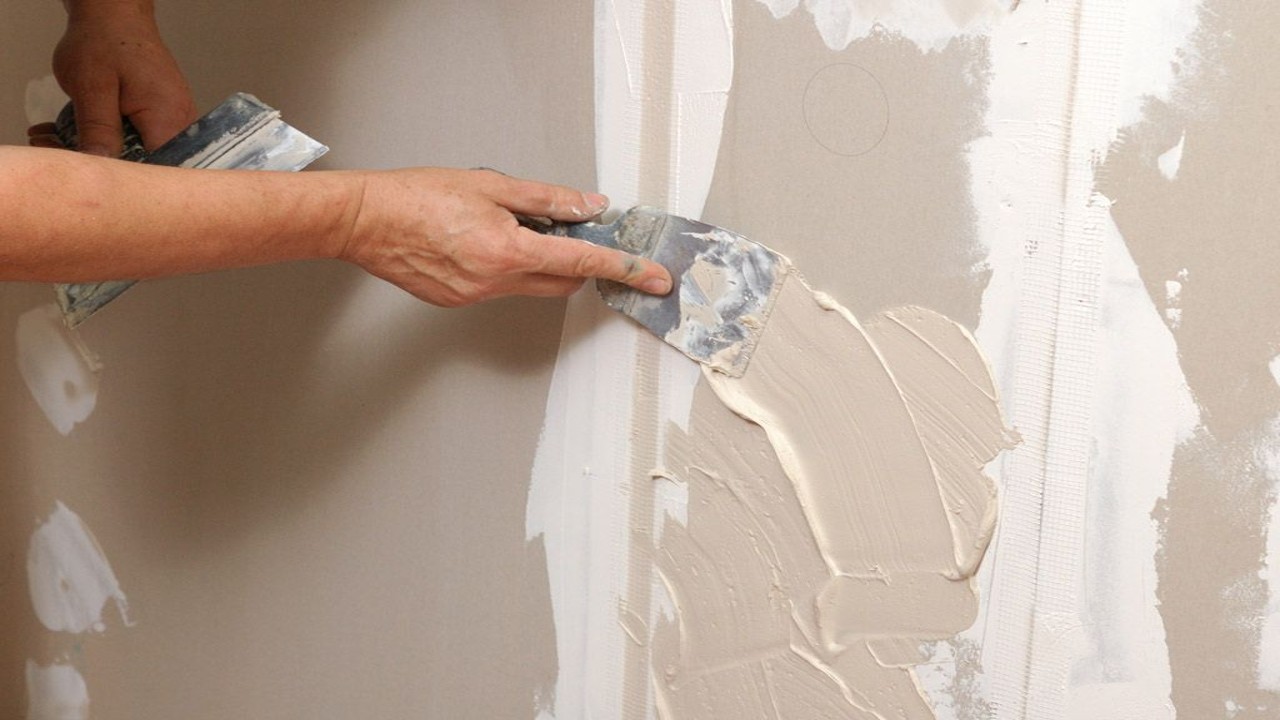

Building & Construction
What Is Putty In Construction
Modified: December 7, 2023
Learn about the use of putty in building construction and how it contributes to a durable and smooth finish. Explore its benefits and application techniques.
(Many of the links in this article redirect to a specific reviewed product. Your purchase of these products through affiliate links helps to generate commission for Storables.com, at no extra cost. Learn more)
Introduction
Construction projects involve various materials and processes to create sturdy and aesthetically pleasing structures. One such material that plays a crucial role in construction is putty. Putty is a versatile substance that is widely used in the construction industry for filling, repairing, and smoothening surfaces. Its ability to provide a smooth and even finish makes it an essential component of any construction project.
In this article, we will delve into the world of putty in construction and explore its various types, applications, advantages, disadvantages, and how to choose the right putty for different construction projects. We will also discuss common mistakes to avoid when applying putty and provide tips on maintenance and care. By the end of this article, you will have a comprehensive understanding of the importance of putty in construction and how it can enhance the overall quality of a building.
So, let’s dive in and discover the wonders of putty in the world of construction!
Key Takeaways:
- Putty is a versatile and essential material in construction, offering benefits such as surface enhancement, improved durability, and cost-effectiveness. Understanding its applications and choosing the right type is crucial for successful construction projects.
- Avoiding common mistakes in putty application and implementing proper maintenance and care practices are key to achieving professional-level results and ensuring the longevity and optimal performance of putty surfaces in construction.
Read more: How To Use Plumbing Putty
Definition of Putty in Construction
Putty is a specialized compound used in construction to fill gaps, cracks, and imperfections on various surfaces. It is a pliable substance that dries into a hard and smooth finish. Putty is typically made by combining materials such as limestone, white cement, binders, and water, resulting in a paste-like consistency. This composition allows putty to adhere well to surfaces and provide a seamless finish.
Putty is commonly used on surfaces such as walls, ceilings, wooden fixtures, and concrete structures. Its primary purpose is to create a smooth and level surface for further finishing work, such as painting or wallpapering. Putty is available in various forms, including powder-based putty, ready-mix putty, and epoxy-based putty.
The application of putty involves the careful and precise filling of cracks, holes, and uneven surfaces. It requires skill and attention to detail to ensure a flawless finish. Putty can be applied with a putty knife or a trowel, and multiple layers may be necessary to achieve the desired level of smoothness.
Putty can be categorized into two main types: acrylic putty and cement-based putty. Acrylic putty is a water-based compound that offers excellent adhesion, elasticity, and durability. It is commonly used for interior applications and provides a smooth and even finish. Cement-based putty, on the other hand, is made using a mix of cement, additives, and fillers. It is known for its high bonding strength and resistance to cracks. Cement-based putty is suitable for both internal and external applications.
Overall, putty is an essential material in construction that ensures surfaces are free from defects and imperfections. Its ability to fill gaps, create a smooth finish, and enhance the overall appearance of a structure makes it a valuable element in the construction industry.
Types of Putty Used in Construction
Putty comes in various types, each with its own unique properties and applications in construction. The choice of putty depends on factors such as the type of surface, environmental conditions, and the desired level of finish. Let’s explore some of the commonly used types of putty in construction:
- Acrylic Putty: Acrylic putty is a water-based putty that is widely used for interior applications. It has excellent adhesion properties, making it suitable for surfaces such as walls, ceilings, and wooden fixtures. Acrylic putty provides a smooth and even finish and is easy to apply and sand. It is also known for its quick drying time, allowing for faster progress in construction projects.
- Cement-based Putty: Cement-based putty is a popular choice for both internal and external applications. It is made by combining cement, additives, and fillers to create a paste-like consistency. Cement-based putty offers high bonding strength, durability, and resistance to cracks. It is commonly used on concrete surfaces, masonry walls, and external façades to fill gaps, repair cracks, and achieve a smooth finish.
- Epoxy-based Putty: Epoxy-based putty is a specialized type of putty that offers exceptional bonding strength and durability. It is commonly used in construction for repairing and filling cracks and holes on various surfaces, including metal, wood, and concrete. Epoxy putty can withstand harsh weather conditions, chemicals, and high temperatures, making it ideal for both interior and exterior applications.
- Polyester Putty: Polyester putty is a two-component putty that is widely used for automotive and marine applications. It is composed of a resin and a hardener that are mixed together to create a thick, paste-like substance. Polyester putty is known for its excellent adhesion, resistance to water and chemicals, and ability to fill deep cracks and imperfections. It is commonly used for repairing and restoring damaged surfaces in construction projects.
Each type of putty has its own set of advantages and suitability for specific applications. It is essential to consider factors such as surface type, environmental conditions, and required durability when choosing the right type of putty for a construction project. Consulting with a professional or supplier can help in identifying the most suitable type of putty for your specific construction needs.
Putty Applications in Construction
Putty is a versatile material that finds numerous applications in the construction industry. Its primary purpose is to fill gaps, repair imperfections, and create a smooth and level surface for further finishing work. Here are some common applications of putty in construction:
- Surface Preparation: Putty is widely used in the initial stages of construction to prepare surfaces for painting, wallpapering, or other decorative finishes. It is applied to walls, ceilings, and other surfaces to fill cracks, holes, and minor defects, ensuring a clean and even base for subsequent treatments.
- Repairs and Restoration: Putty is often used for repairs and restoration work in construction. It is applied to damaged areas to fill gaps, cracks, and surface irregularities. Putty’s ability to bond well with different materials makes it suitable for repairing damaged walls, wooden fixtures, and concrete structures.
- Smooth Finish: Putty is essential for achieving a smooth and flawless finish on surfaces. It is applied after plastering to provide a smooth surface for painting, wallpapering, or other decorative treatments. Putty fills in any remaining imperfections, such as unevenness or small dents, resulting in a polished and uniform appearance.
- Sealing Joints: Putty is commonly used to seal joints between different materials, such as windows, doors, and baseboards. It helps to prevent moisture ingress, provide thermal insulation, and enhance the overall aesthetics of a structure. Putty forms a flexible and durable seal, ensuring the longevity and integrity of the construction.
- Woodwork Finishing: Putty is applied to wooden fixtures, such as cabinets, furniture, and moldings, to achieve a smooth and finished look. It fills gaps and holes in the wood, creating a seamless surface for painting, staining, or varnishing. Putty also helps to strengthen the wood and protect it from moisture and other environmental elements.
These are just a few examples of the many applications of putty in construction. Its versatility and ability to enhance the appearance and durability of surfaces make it an indispensable material in the construction industry. In each application, it is essential to choose the appropriate type of putty based on the specific requirements and conditions of the project.
Advantages of Using Putty in Construction
Putty offers several advantages when used in construction projects. Its versatility and ability to provide a smooth and even finish make it an essential material for various applications. Here are some key advantages of using putty in construction:
- Surface Enhancement: Putty helps to enhance the appearance of surfaces by filling gaps, cracks, and imperfections. It creates a smooth and level base for further finishing work, such as painting or wallpapering. Putty can transform rough and uneven surfaces into polished and aesthetically pleasing elements of a building.
- Improved Durability: When applied correctly, putty forms a strong and durable bond with different materials. It helps to reinforce surfaces, prevent further damage, and increase their longevity. By filling cracks and holes, putty protects surfaces from moisture penetration, reducing the risk of structural damage over time.
- Easy Application: Putty is relatively easy to apply, even for individuals with basic construction skills. It can be spread smoothly onto surfaces using a putty knife or a trowel. Putty’s pliable consistency allows for easy shaping and blending with the surrounding area. Its user-friendly nature makes it accessible for both professional contractors and DIY enthusiasts.
- Flexibility: Putty offers a certain level of flexibility, allowing it to withstand slight movements or vibrations in a building. This flexibility helps to prevent cracks or separations from occurring in surfaces that may experience minor shifts due to environmental or structural factors.
- Cost-effective: Putty is a cost-effective material compared to other surface repair or enhancement options. Its affordability, combined with ease of application, makes it an economical choice for both small-scale repairs and large-scale construction projects. Additionally, putty’s durability reduces the need for frequent maintenance or repairs, resulting in long-term cost savings.
- Versatility: Putty can be used on a wide range of surfaces, including walls, ceilings, woodwork, and concrete structures. It adheres well to different materials and can be applied both indoors and outdoors. This versatility makes putty a versatile solution for various construction needs, whether it’s filling gaps, repairing cracks, or achieving a smooth finish.
Overall, the advantages of using putty in construction make it a valuable and practical material for professionals and homeowners alike. Its ability to enhance surfaces, improve durability, and provide a cost-effective solution makes it an indispensable component in construction projects of all sizes.
When using putty in construction, make sure to properly prepare the surface by cleaning and drying it before application. This will ensure better adhesion and a longer-lasting finish.
Read more: How To Get Putty Out Of A Carpet
Disadvantages of Using Putty in Construction
While putty offers numerous advantages in construction, there are also a few disadvantages to consider. It’s important to be aware of these potential drawbacks to make informed decisions regarding its use. Here are some of the disadvantages of using putty in construction:
- Drying Time: Putty typically requires a significant amount of time to dry and cure completely. This can increase the overall project timeline and potentially delay subsequent finishing work. It is crucial to follow the manufacturer’s instructions regarding drying times and ensure adequate ventilation to expedite the drying process.
- Application Skill: Applying putty requires a certain level of skill and precision to achieve a smooth and flawless finish. Inexperienced individuals may find it challenging to apply putty evenly or blend it seamlessly with the surrounding area. It may take practice and experience to master the techniques required for optimal results.
- Priming and Sanding: Prior to applying putty, surfaces often need to be primed, especially if they are porous or have uneven textures. Additionally, after the putty has dried, sanding is typically required to achieve a perfectly smooth surface. Priming and sanding add additional steps to the construction process and require careful attention to detail.
- Limited Repair Options: Once putty is applied and dried, making subsequent repairs can be challenging. Unlike other materials that can be easily removed or replaced, putty forms a strong bond with the surface. This means that if further damage occurs or changes need to be made, it may require more extensive repair work or even complete removal and reapplication of the putty.
- Material Compatibility: It’s important to consider the compatibility of putty with the surface material. While putty is versatile and can be applied to various surfaces, certain materials may interact differently with putty. For example, chemical reactions between putty and certain plastics or metals may affect the bonding strength or cause discoloration. It’s essential to test and select the appropriate putty for each specific surface to minimize compatibility issues.
- Environmental Impact: Certain types of putty may contain chemicals or additives that can have environmental implications. It’s important to choose putty products that are eco-friendly, low in volatile organic compounds (VOCs), and comply with environmental regulations. Proper disposal of putty waste is also essential to minimize the impact on the environment.
Considering these disadvantages allows for better decision-making regarding the use of putty in construction projects. With proper planning, preparation, and skilled application, the potential drawbacks can be minimized, ensuring a successful outcome for any construction project.
Factors to Consider when Choosing Putty for Construction Projects
Choosing the right putty for construction projects can significantly impact the quality and durability of the finished surface. Here are some important factors to consider when selecting putty:
- Type of Application: Consider the specific application for which the putty will be used. Different types of putty are designed for specific purposes, such as filling cracks, repairing surfaces, or providing a smooth finish. Assess the requirements of your project and choose a putty that is suitable for the intended use.
- Surface Material: The material of the surface to be treated is a vital consideration. Some putties are better suited for specific surfaces, such as wood, concrete, or plaster. Ensure that the putty is compatible with the surface material to achieve optimal adhesion and durability.
- Drying Time: Evaluate the drying time of the putty. Depending on the project timeline and construction schedule, you may need a putty that dries quickly or allows for longer working times. Consider the impact of drying time on subsequent processes and adjust accordingly.
- Environmental Factors: Take into account the environmental conditions the putty will be exposed to. If the surface will be subjected to moisture, extreme temperatures, or other challenging conditions, opt for a putty that is specifically formulated to withstand these factors. This ensures the longevity and performance of the putty.
- Application Ease: Consider the ease of application of the putty. Some putties may require special tools or multiple layers for optimal results. Assess the complexity of the application process and choose a putty that aligns with the available resources and expertise.
- Durability and Longevity: Evaluate the durability of the putty. Depending on the desired lifespan of the surface and the level of wear and tear it will be subjected to, select a putty that offers the necessary strength and resistance to cracking, shrinking, or other forms of deterioration.
- Availability and Cost: Assess the availability and cost of the putty. Consider the project budget and the availability of the chosen putty in your area. While price is a factor, it should not solely dictate the decision. Focus on the balance between quality and cost to ensure the best outcome for the construction project.
By considering these factors, you can make an informed decision when choosing putty for your construction projects. Consulting with professionals or suppliers can also provide valuable insights based on their expertise and experience with various putty products.
Common Mistakes to Avoid when Applying Putty in Construction
Applying putty in construction requires precision and attention to detail to achieve a flawless finish. Avoiding common mistakes can help ensure the optimal performance and longevity of the putty. Here are some common mistakes to avoid when applying putty in construction:
- Inadequate Surface Preparation: Failing to properly prepare the surface before applying putty is a common mistake. Ensure that the surface is clean, dry, and free from dust, grease, or any loose particles. Properly sanding and priming the surface, when necessary, ensures optimal adhesion and a smooth finish.
- Overfilling or Underfilling: Applying an excessive amount of putty can result in uneven surfaces or cracking, while applying too little may lead to incomplete filling of gaps or holes. Follow the manufacturer’s instructions and apply the putty in thin and even layers, building up as necessary for the desired result.
- Poor Blending and Smoothing: Failing to properly blend and smooth the putty with the surrounding area can create visible lines or patches. Use a putty knife or a trowel to feather the edges and ensure a seamless transition between the repaired area and the existing surface.
- Inconsistent Drying Time: Inconsistent drying time can lead to uneven results and potential problems with subsequent processes. Follow the manufacturer’s instructions regarding drying time and ensure proper ventilation to promote even and timely drying of the putty.
- Skipping Sanding: Neglecting to sand the dried putty can result in a rough or uneven surface. Sanding is crucial to achieve a smooth and polished finish. Use appropriate sandpaper and techniques to gently sand the surface until it is entirely smooth and level.
- Using Improper Tools: Using the wrong tools or low-quality equipment can result in subpar results. Invest in good-quality putty knives, trowels, and sanding tools to ensure precision and efficiency during the application and finishing processes.
- Rushing the Application: Applying putty in haste or working on large areas at once can lead to mistakes and inconsistent results. Take the time to carefully apply the putty in small sections, ensuring proper blending and smoothing before moving on to the next area. This allows for better control and a higher quality finish.
- Ignoring Safety Measures: Putty products may contain chemicals or emit fumes that can be harmful if proper safety measures are not taken. Follow all safety guidelines provided by the manufacturer, such as wearing protective gloves, masks, and ensuring proper ventilation in the work area.
By avoiding these common mistakes in putty application, you can achieve professional-level results and ensure the longevity and durability of the finished surfaces. Taking the time to apply putty correctly and following best practices will greatly enhance the overall quality of your construction project.
Maintenance and Care for Putty in Construction
Proper maintenance and care are essential for preserving the integrity and appearance of putty in construction. By following these guidelines, you can ensure that the putty remains in good condition and continues to perform its intended function effectively:
- Regular Cleaning: Keep the putty surfaces clean by regularly dusting or wiping them with a soft cloth. This prevents the accumulation of dirt, grime, or any substances that can potentially stain or damage the putty.
- Avoid Harsh Chemicals: Use mild cleaning agents when cleaning surfaces with putty. Avoid harsh chemicals or abrasive cleaners that may cause discoloration or damage to the putty. Always test any cleaning product on a small, inconspicuous area before applying it to the entire surface.
- Address Cracks or Damage: Promptly address any cracks or damage that may occur on the putty surface. If cracks or chips appear, fill them with an appropriate putty or contact a professional to assess and repair the damage. Ignoring such issues can lead to further deterioration or compromise the integrity of the putty.
- Avoid Excessive Force: Avoid applying excessive force or pressure on putty surfaces, especially when cleaning or moving objects. Putty is durable, but it can still be susceptible to damage if subjected to excessive stress or impact.
- Retouching and Repainting: As with any surface, putty may require occasional retouching or repainting, especially in high-traffic or exposed areas. Follow the appropriate procedures for repainting, which may include cleaning, sanding, and applying a fresh coat of paint. This will help maintain the appearance and protection of the putty surface.
- Monitor for Moisture: Keep an eye out for signs of moisture or water damage near putty surfaces. Moisture can compromise the adhesion and performance of the putty. Address any moisture-related issues promptly and consider measures to prevent moisture from affecting the putty, such as improving ventilation or fixing leaks.
- Regular Inspections: Regularly inspect the putty surfaces for any signs of deterioration, discoloration, or wear. Early detection of any issues allows for timely repairs or maintenance, preventing further damage and prolonging the life of the putty.
- Follow Manufacturer’s Recommendations: Always refer to the manufacturer’s instructions and recommendations for maintenance and care specific to the putty product used. Each type of putty may have specific guidelines regarding cleaning, maintenance, and the expected lifespan.
By implementing these maintenance and care practices, you can ensure that the putty in your construction project remains in optimal condition, providing long-lasting protection, and enhancing the overall aesthetics of the surfaces.
Read also: 13 Amazing Plumbing Putty For 2024
Conclusion
Putty plays a vital role in the construction industry, offering a wide range of applications and benefits. Whether it’s filling gaps, repairing surfaces, or achieving a smooth finish, putty is a versatile material that enhances the appearance and durability of construction projects.
Throughout this article, we have explored the definition of putty in construction, the various types available, and its applications in different areas of construction. We have examined the advantages of using putty, such as surface enhancement, improved durability, and cost-effectiveness. Additionally, we have discussed the disadvantages of putty, including drying time, application skill, and limited repair options.
We also discussed important factors to consider when choosing putty for construction projects, such as the type of application, surface material, drying time, environmental factors, application ease, durability, and cost. By considering these factors, construction professionals and homeowners can make informed decisions to ensure the successful outcome of their projects.
Furthermore, we explored common mistakes to avoid when applying putty, such as inadequate surface preparation, overfilling or underfilling, poor blending and smoothing, inconsistent drying time, skipping sanding, using improper tools, rushing the application, and ignoring safety measures. By avoiding these mistakes, the quality of the finished surface can be significantly improved.
Lastly, we covered the importance of maintenance and care for putty in construction, including regular cleaning, avoiding harsh chemicals, addressing cracks or damage promptly, avoiding excessive force, retouching and repainting as needed, monitoring for moisture, conducting regular inspections, and following manufacturer’s recommendations. These practices ensure the longevity and optimal performance of putty surfaces.
In conclusion, putty is a valuable material in construction that provides excellent surface finish, durability, and versatility. By understanding its applications, selecting the appropriate type, avoiding common mistakes, and implementing proper maintenance, construction professionals and homeowners can create exceptional results in their projects, resulting in aesthetically pleasing and long-lasting constructions.
Frequently Asked Questions about What Is Putty In Construction
Was this page helpful?
At Storables.com, we guarantee accurate and reliable information. Our content, validated by Expert Board Contributors, is crafted following stringent Editorial Policies. We're committed to providing you with well-researched, expert-backed insights for all your informational needs.

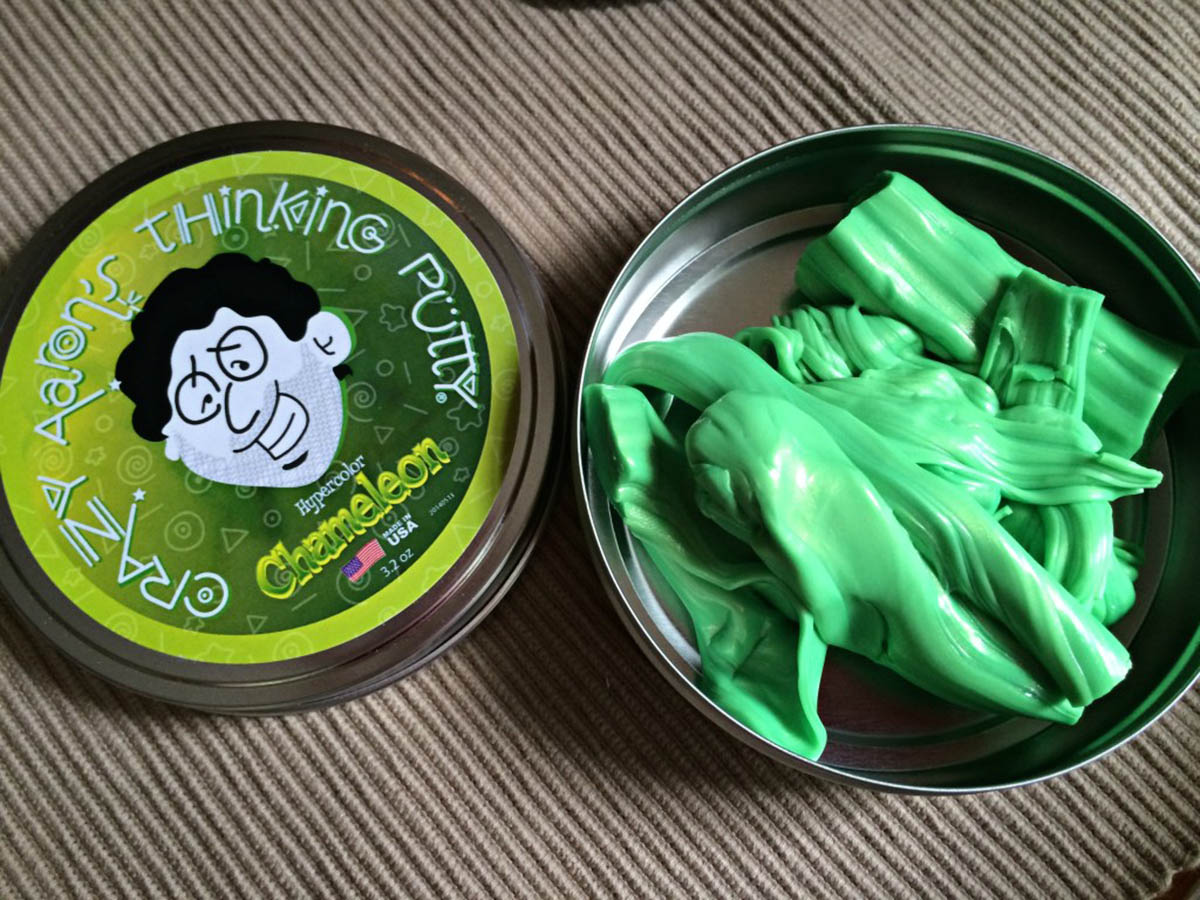

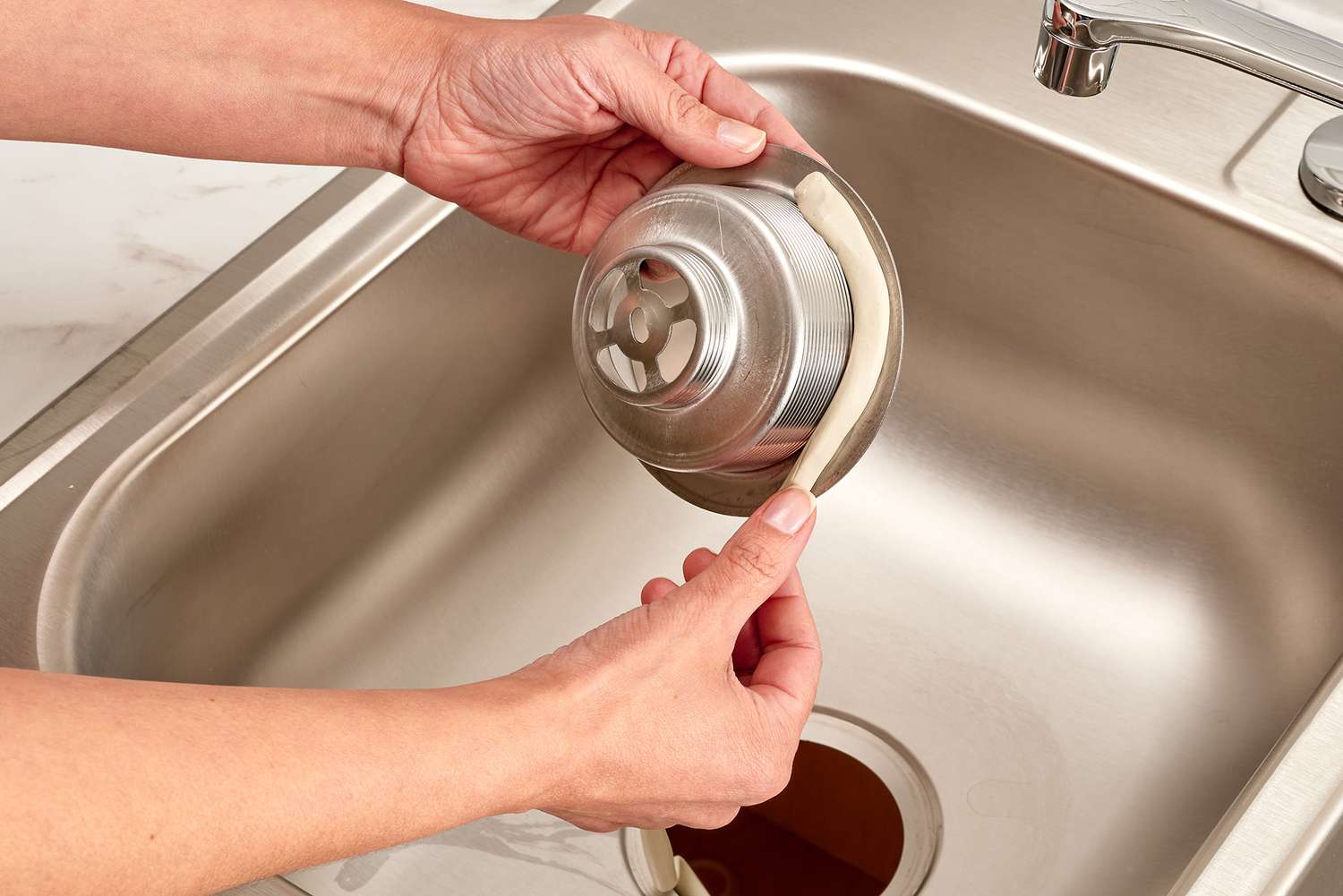
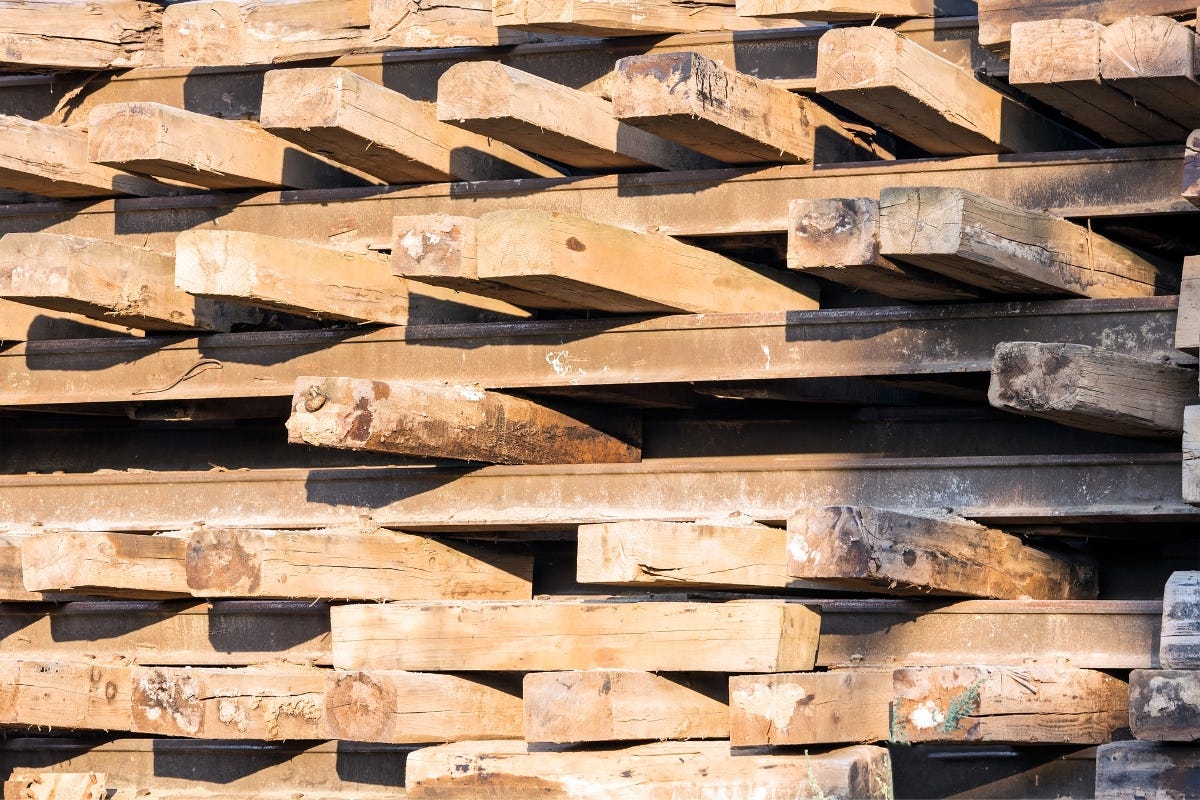
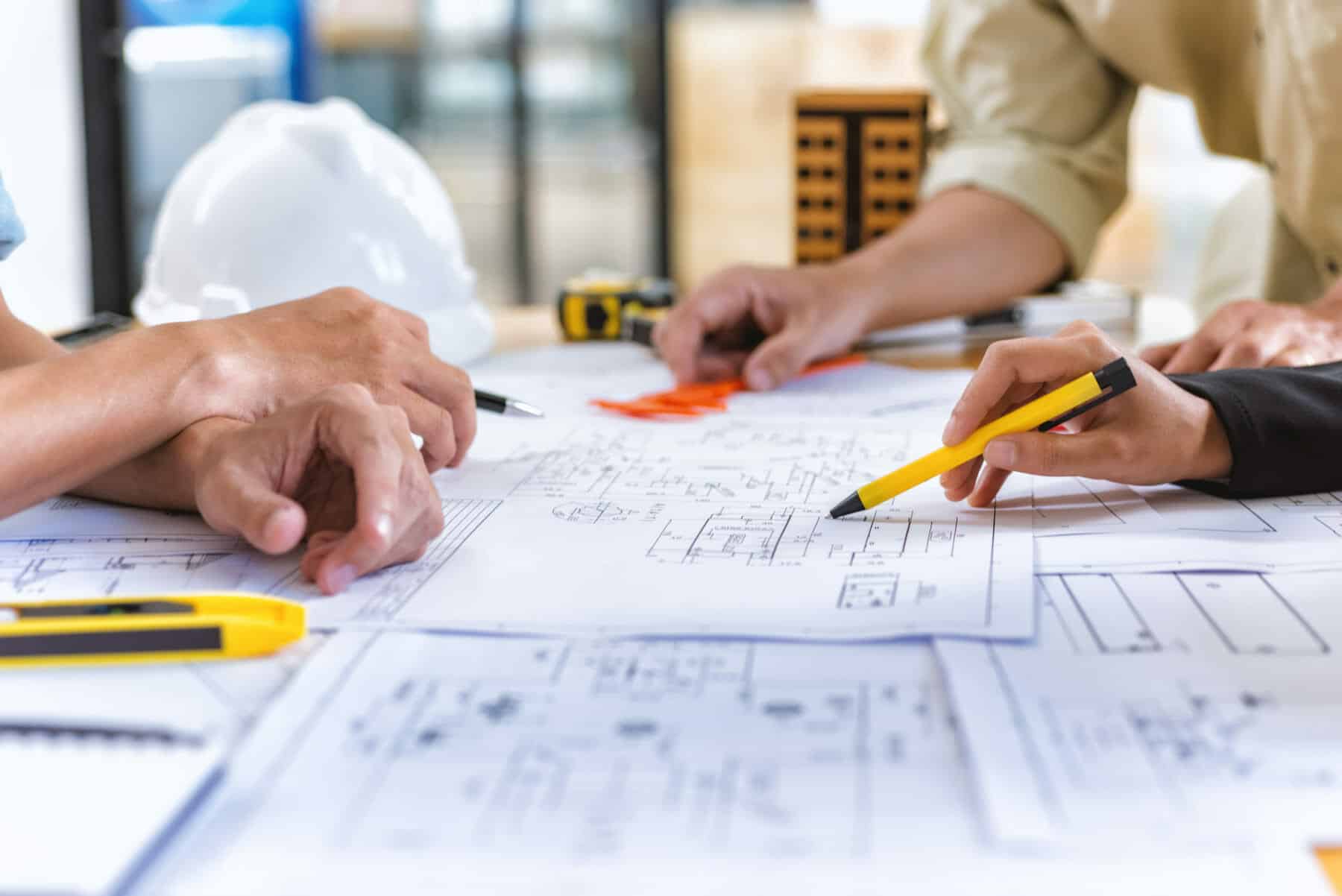

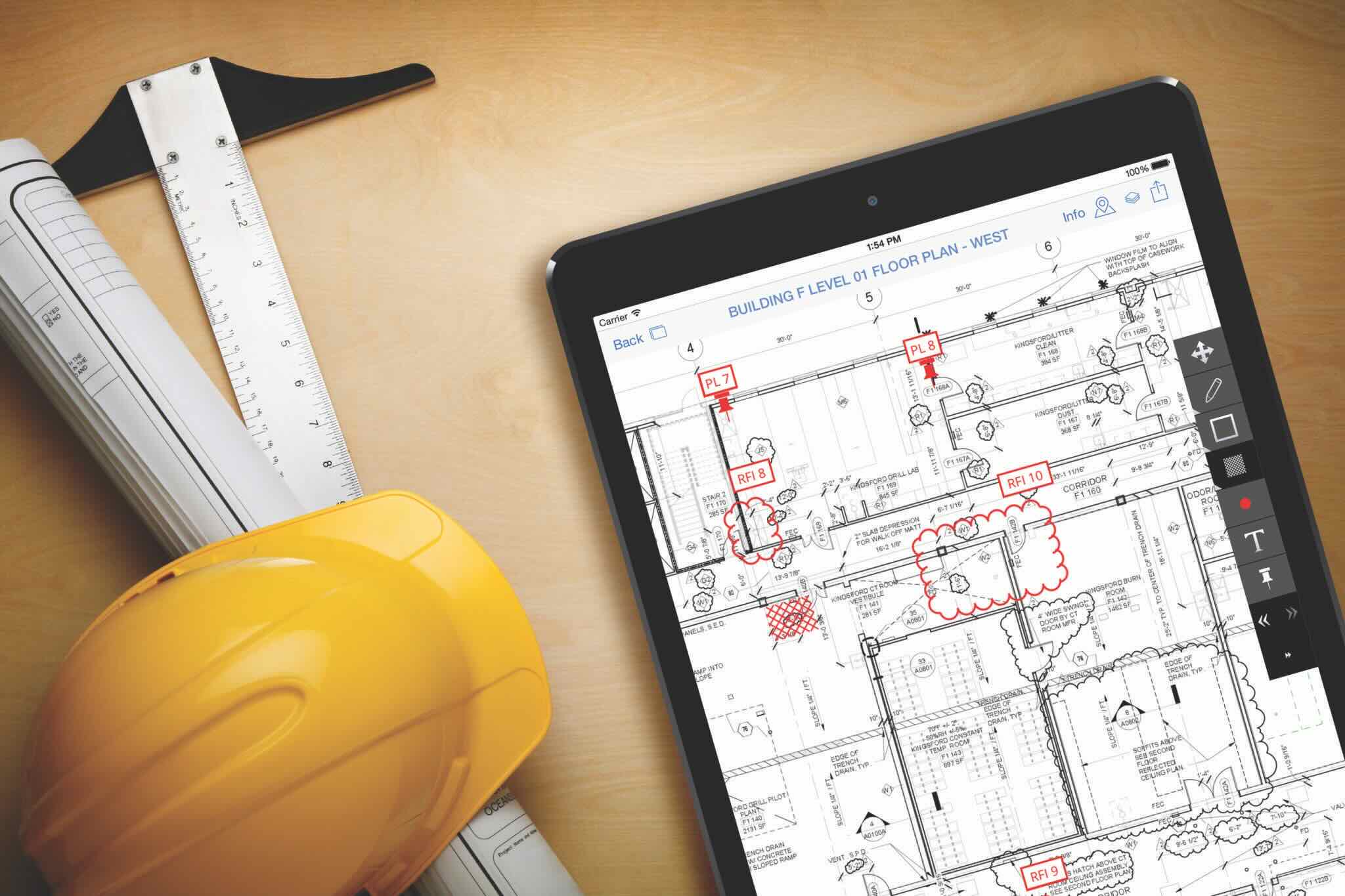
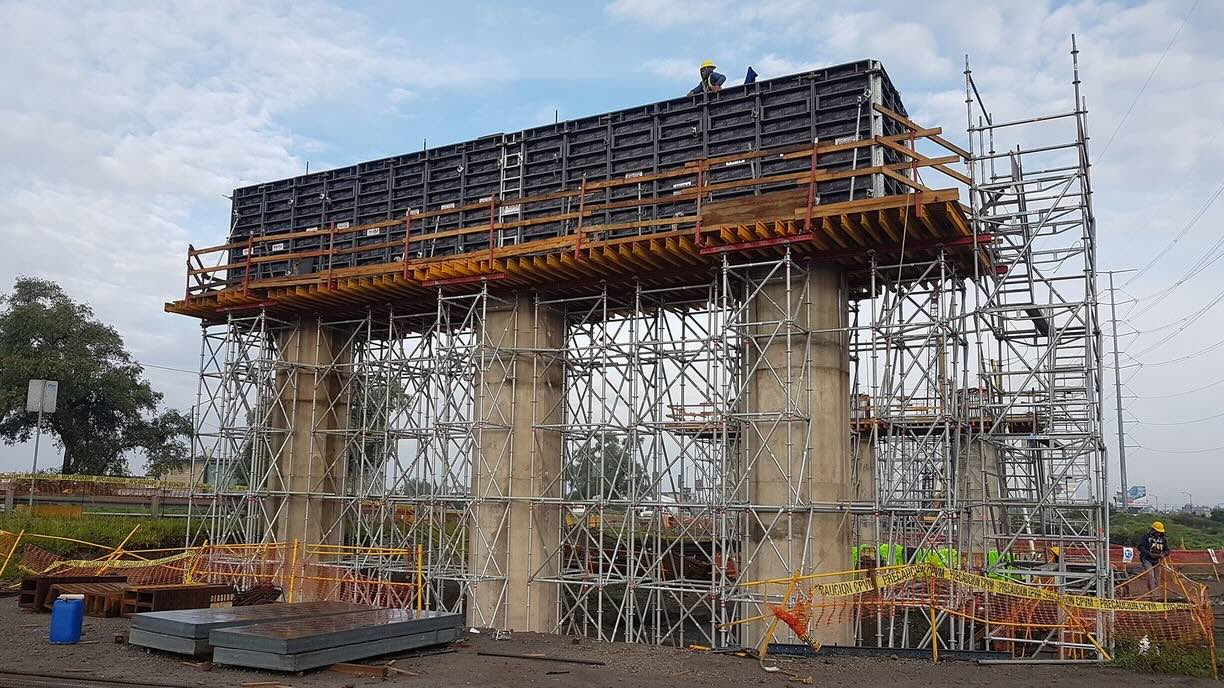

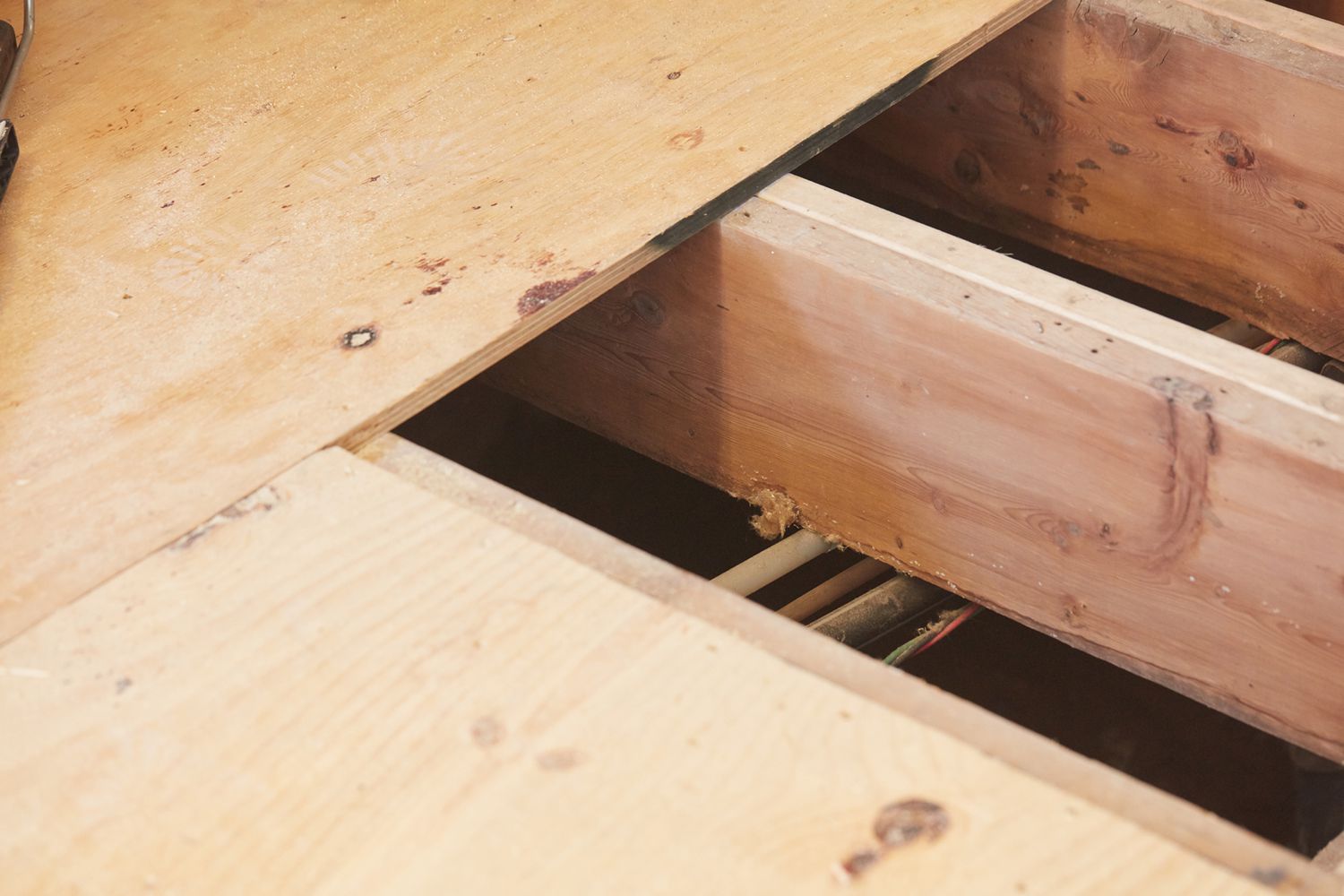
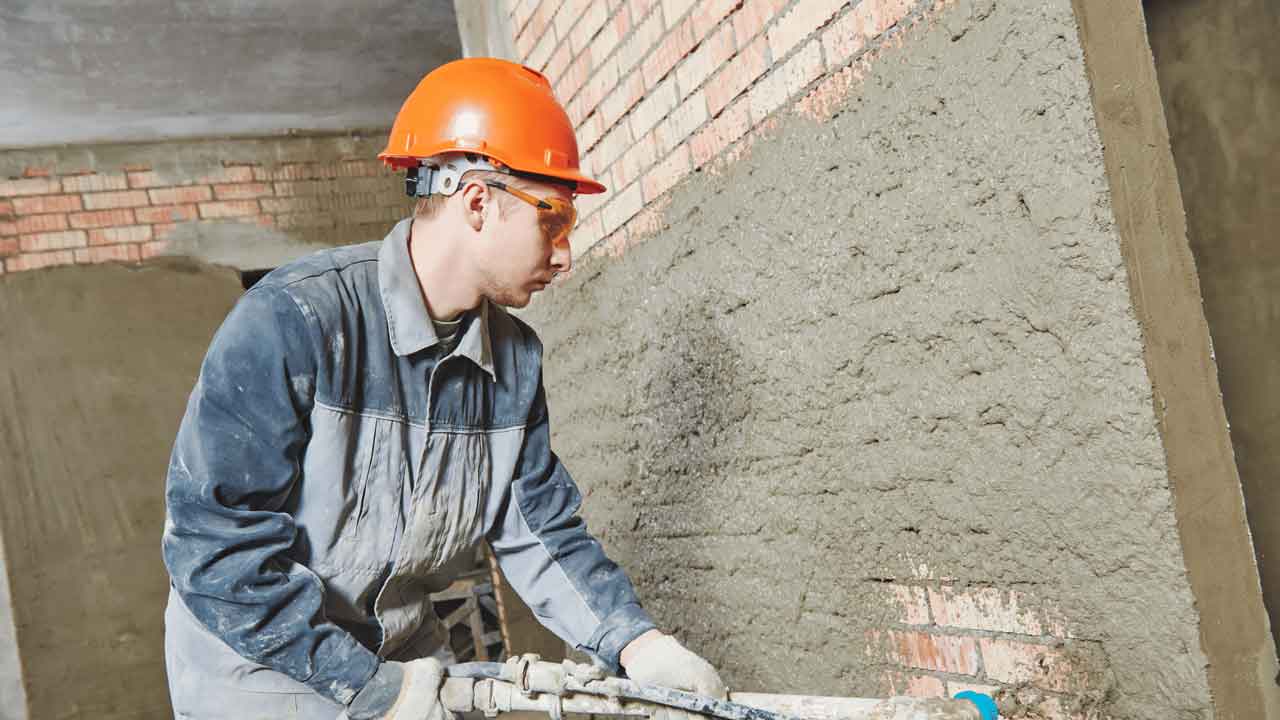


0 thoughts on “What Is Putty In Construction”